-
UN 2030 Goals
Tempest Takes Actions on behalf of Sustainable Development Goals
The Sustainable Development Goals are the blueprint to achieve a better and more sustainable future for all. They address the global challenges we face, including poverty, inequality, climate change, environmental degradation, peace and justice.

Goal 1: No Poverty
Globally, the number of people living in extreme poverty declined from 36 per cent in 1990 to 10 per cent in 2015. But the pace of change is decelerating and the COVID-19 crisis risks reversing decades of progress in the fight against poverty. New research published by the UNU World Institute for Development Economics Research warns that the economic See More
Goal 2: Zero Hunger
After decades of steady decline, the number of people who suffer from hunger – as measured by the prevalence of undernourishment – began to slowly increase again in 2015. Current estimates show that nearly 690 million people are hungry, or 8.9 percent of the world population – up by 10 million people in one year and by nearly 60 million in five years. [See More]
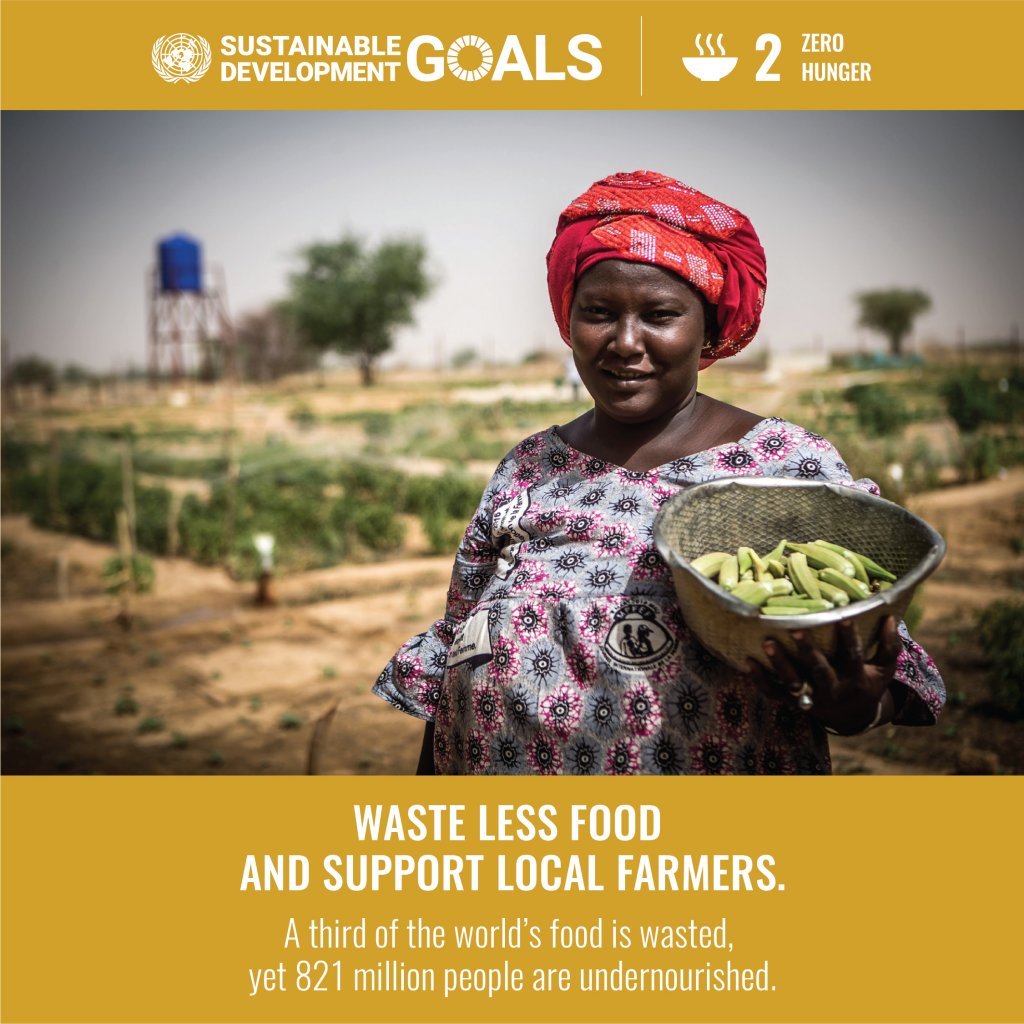
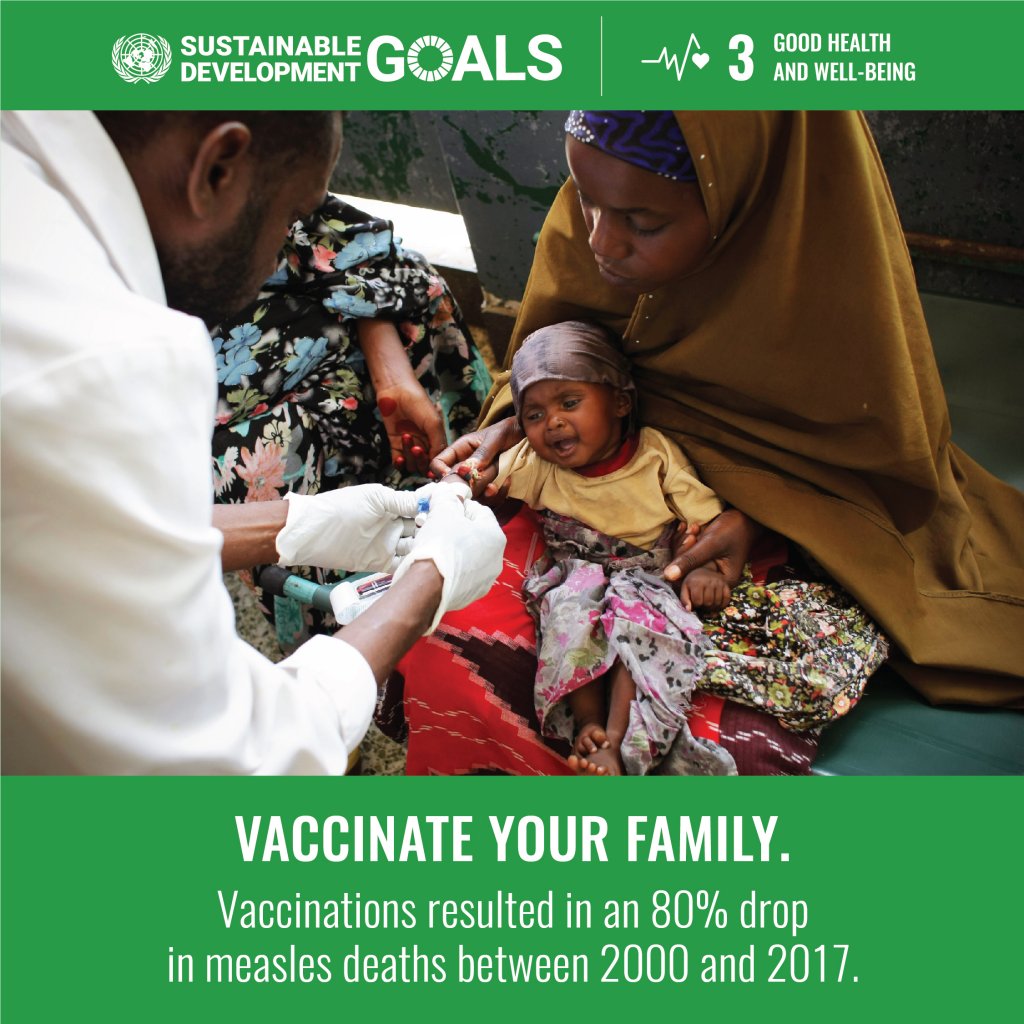
Goal 3: Good Health and Well-Being
Ensuring healthy lives and promoting well-being at all ages is essential to sustainable development. Currently, the world is facing a global health crisis unlike any other — COVID-19 is spreading human suffering, destabilizing the global economy and upending the lives of billions of people around the globe. [See More]
Goal 4: Quality Education
Education enables upward socioeconomic mobility and is a key to escaping poverty. Over the past decade, major progress was made towards increasing access to education and school enrollment rates at all levels, particularly for girls. Nevertheless, about 260 million children were still out of school in 2018 — See More
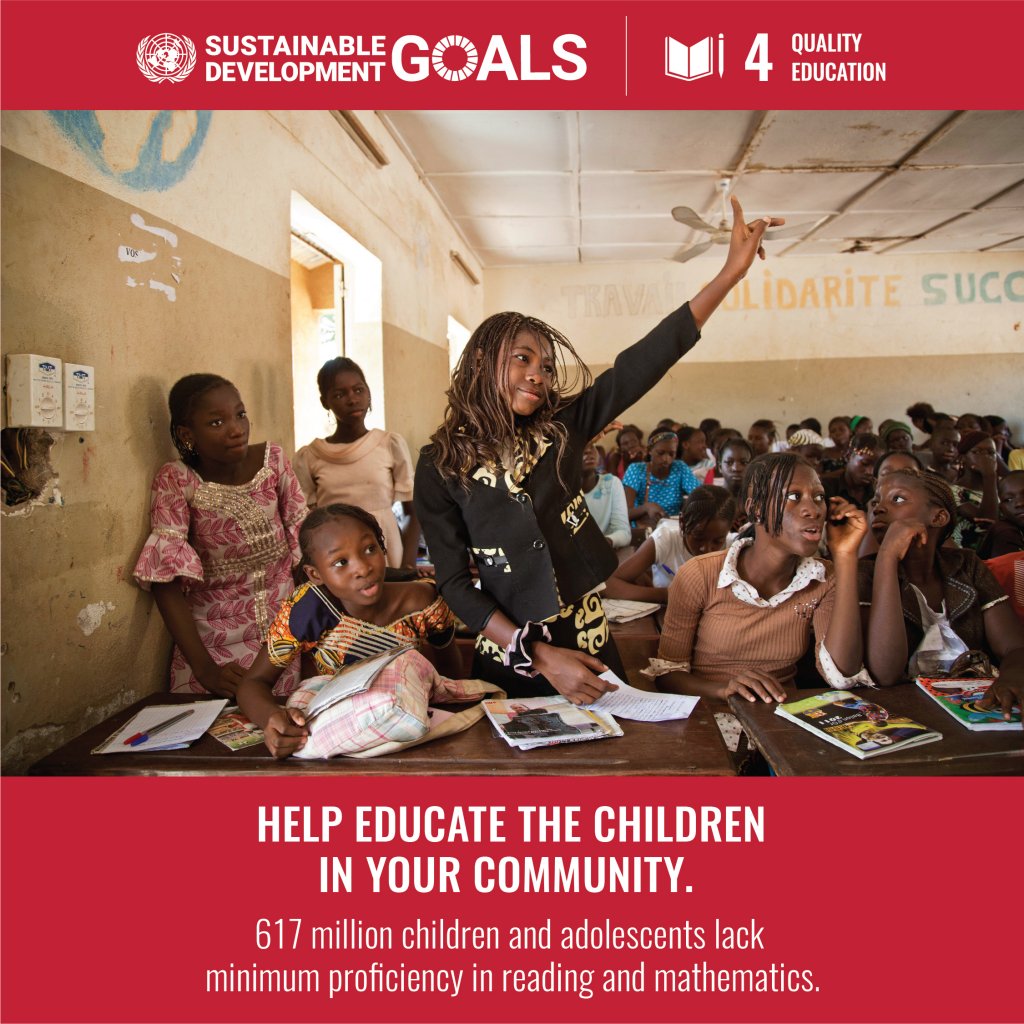
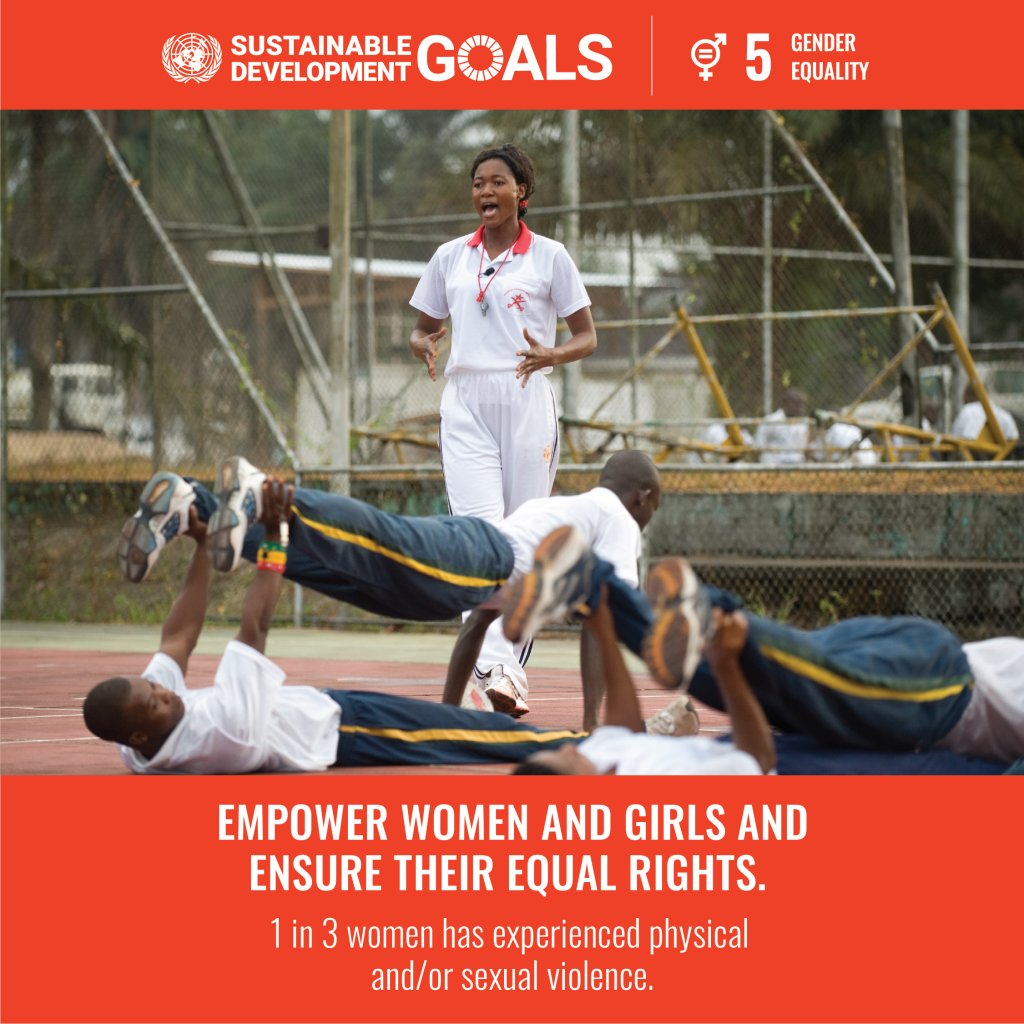
Goal 5: Gender Equality
Gender equality is not only a fundamental human right, but a necessary foundation for a peaceful, prosperous and sustainable world.
There has been progress over the last decades: More girls are going to school, fewer girls are forced into early marriage, more women are serving in parliament and [See More]
Goal 6: Clean Water and Sanitation
While substantial progress has been made in increasing access to clean drinking water and sanitation, billions of people—mostly in rural areas—still lack these basic services. Worldwide, one in three people do not have access to safe drinking water, two out of five people do not have a basic hand-washing facility with soap and water, See More
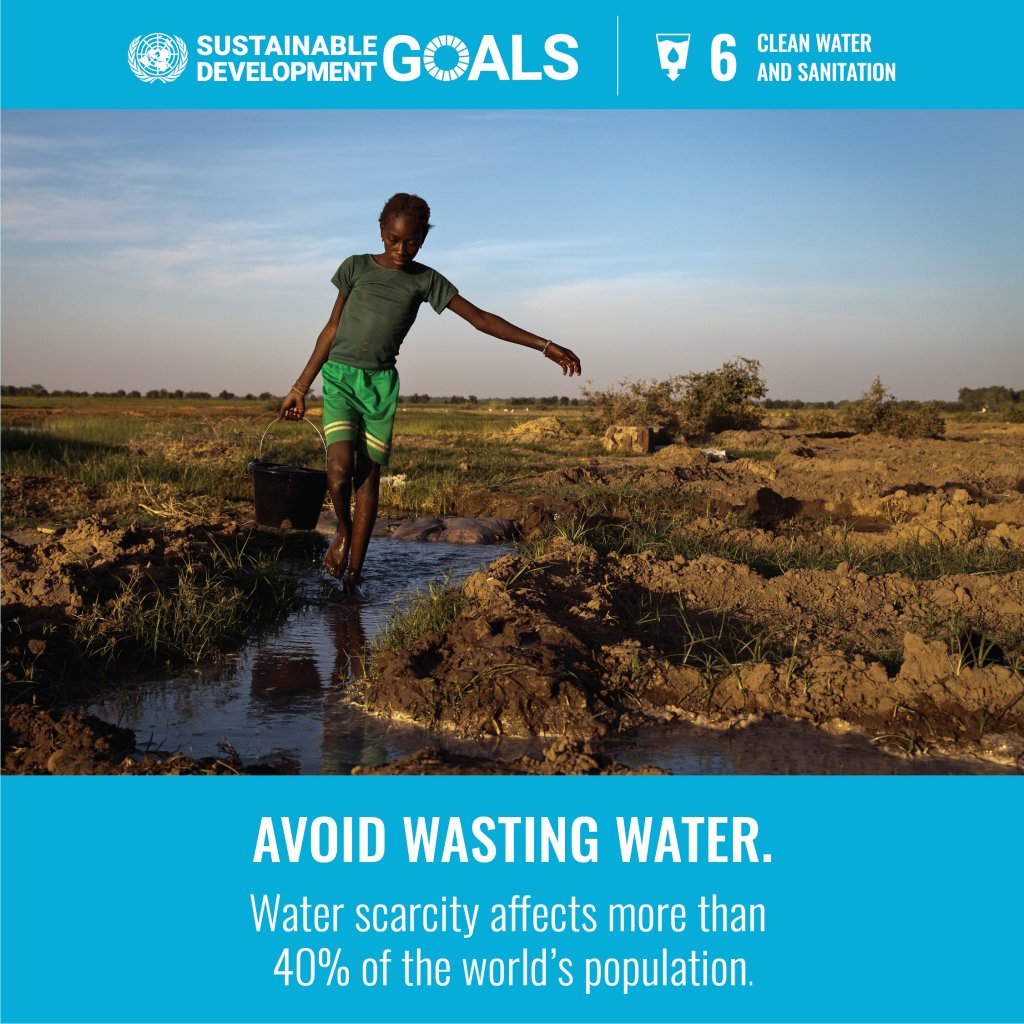
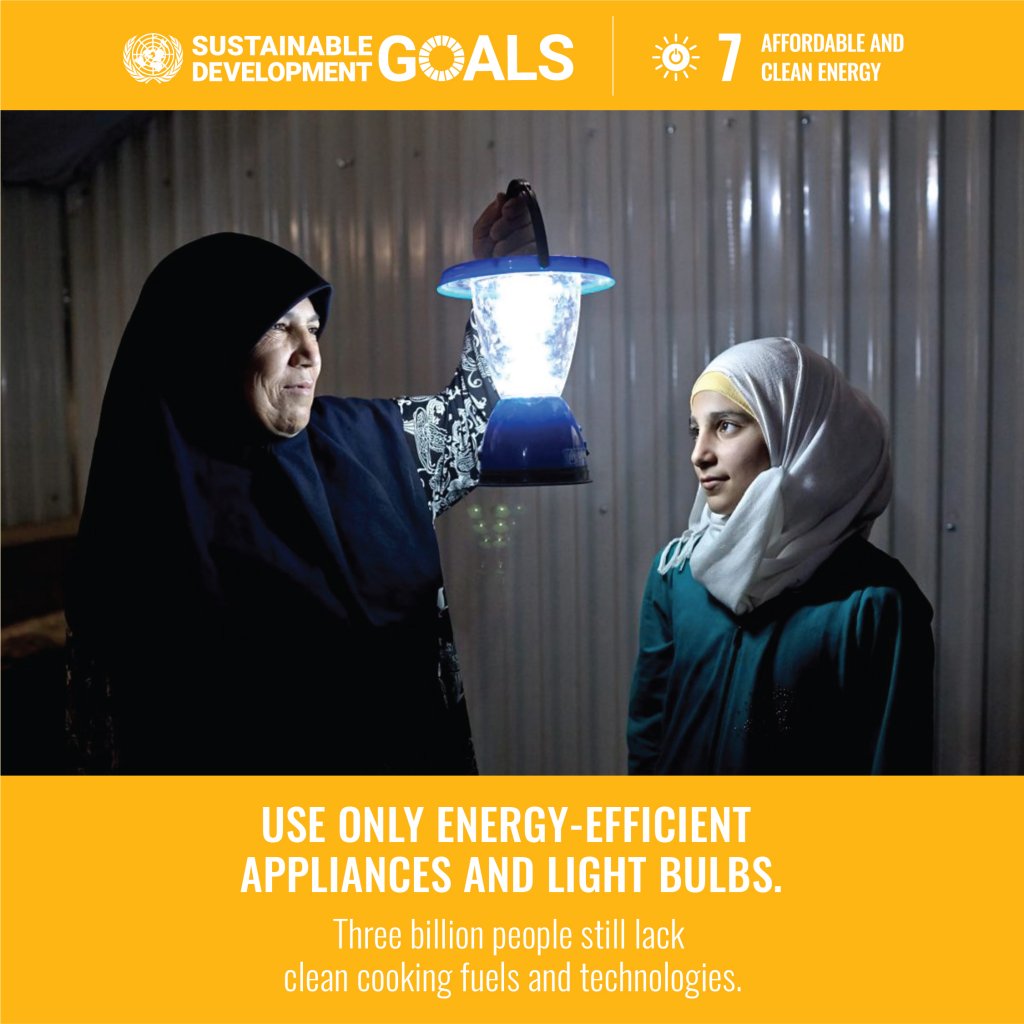
Goal 7: Affordable and Clean Energy
The world is making progress towards Goal 7, with encouraging signs that energy is becoming more sustainable and widely available. Access to electricity in poorer countries has begun to accelerate, energy efficiency continues to improve, and renewable energy is making impressive gains in the electricity sector. [See More]
Goal 8: Decent Work and Economic Growth
Sustainable economic growth will require societies to create the conditions that allow people to have quality jobs. See More

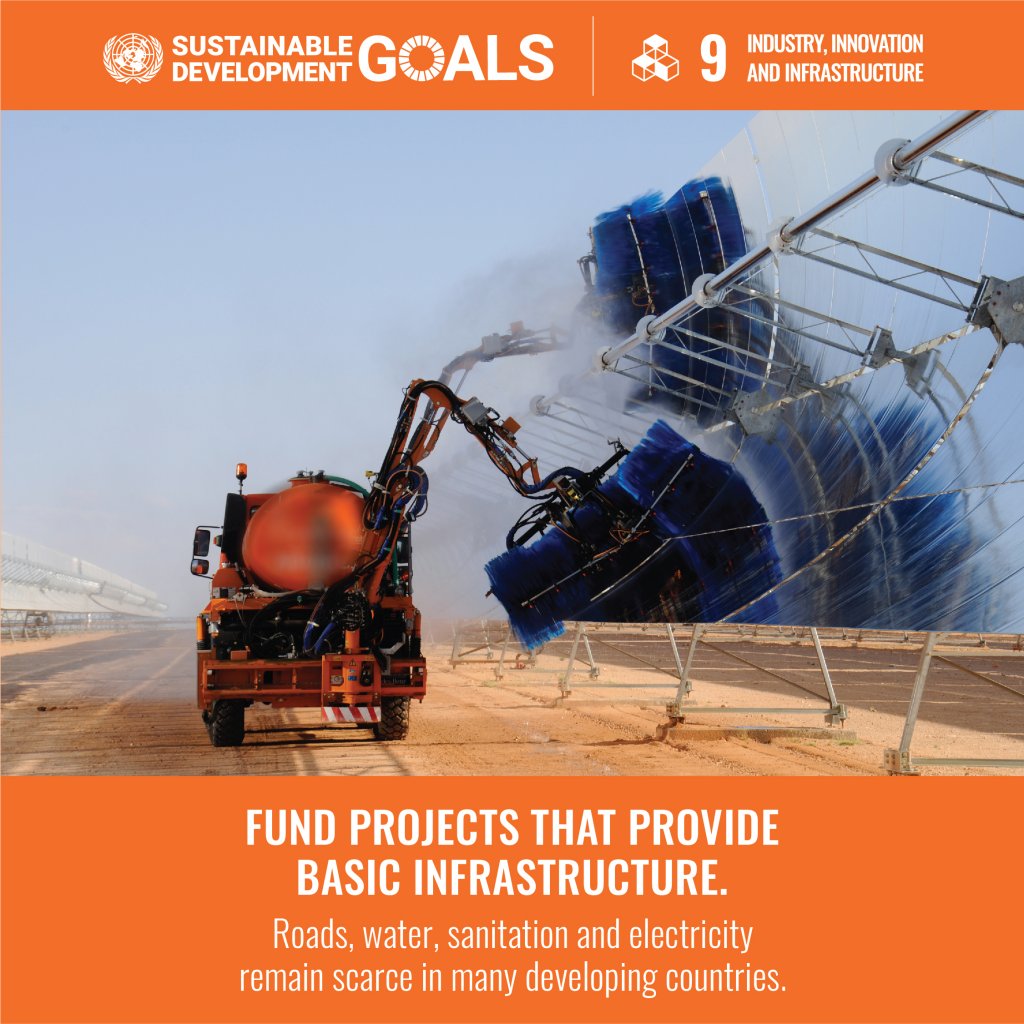
Goal 9: Industry, Innovation, and Infrastructure
Investments in infrastructure are crucial to achieving sustainable development. [See More]
Goal 10: Reduced Inequalities
To reduce inequalities, policies should be universal in principle, paying attention to the needs of disadvantaged and marginalized populations. See More

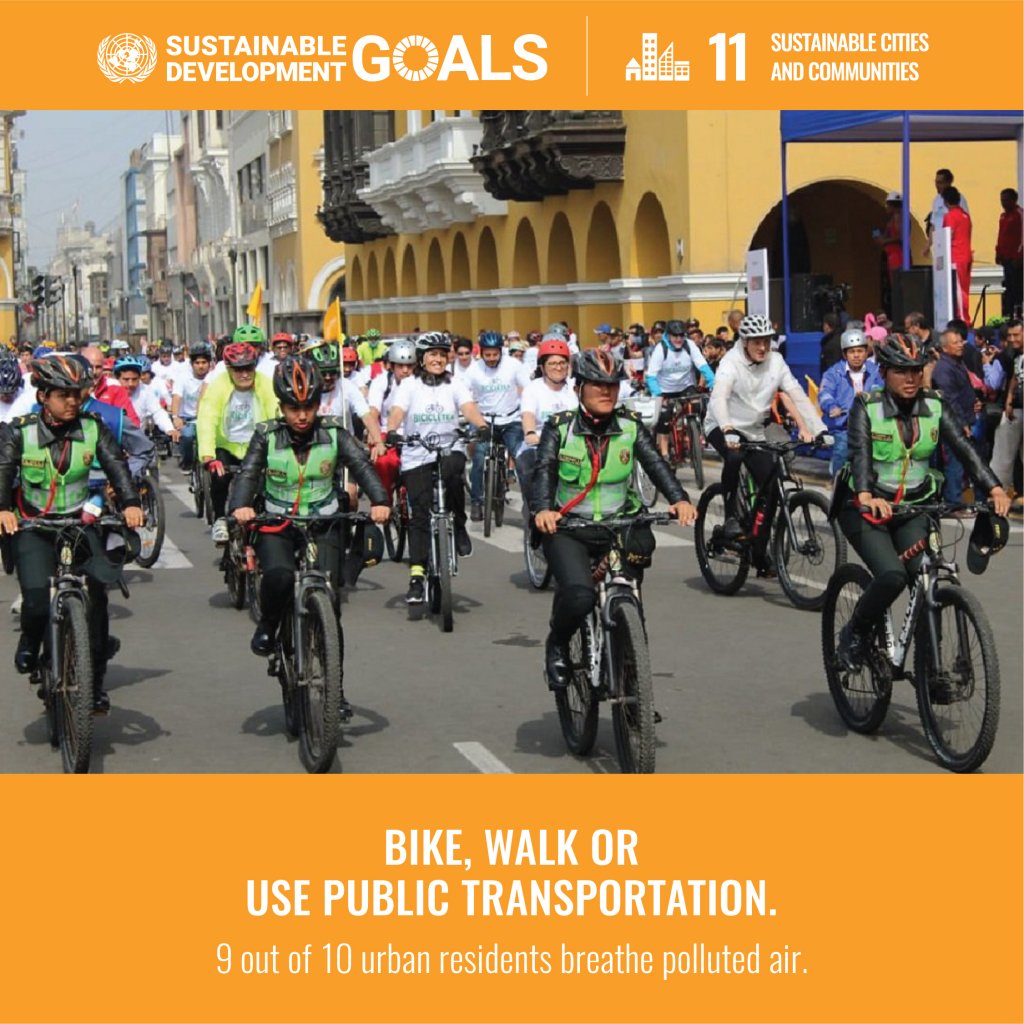
Goal 11: Sustainable Cities and Communities
There needs to be a future in which cities provide opportunities for all, with access to basic services, energy, housing, transportation and more. [See More]
Goal 12: Responsible Consumption and Production
Responsible Production and Consumption See More
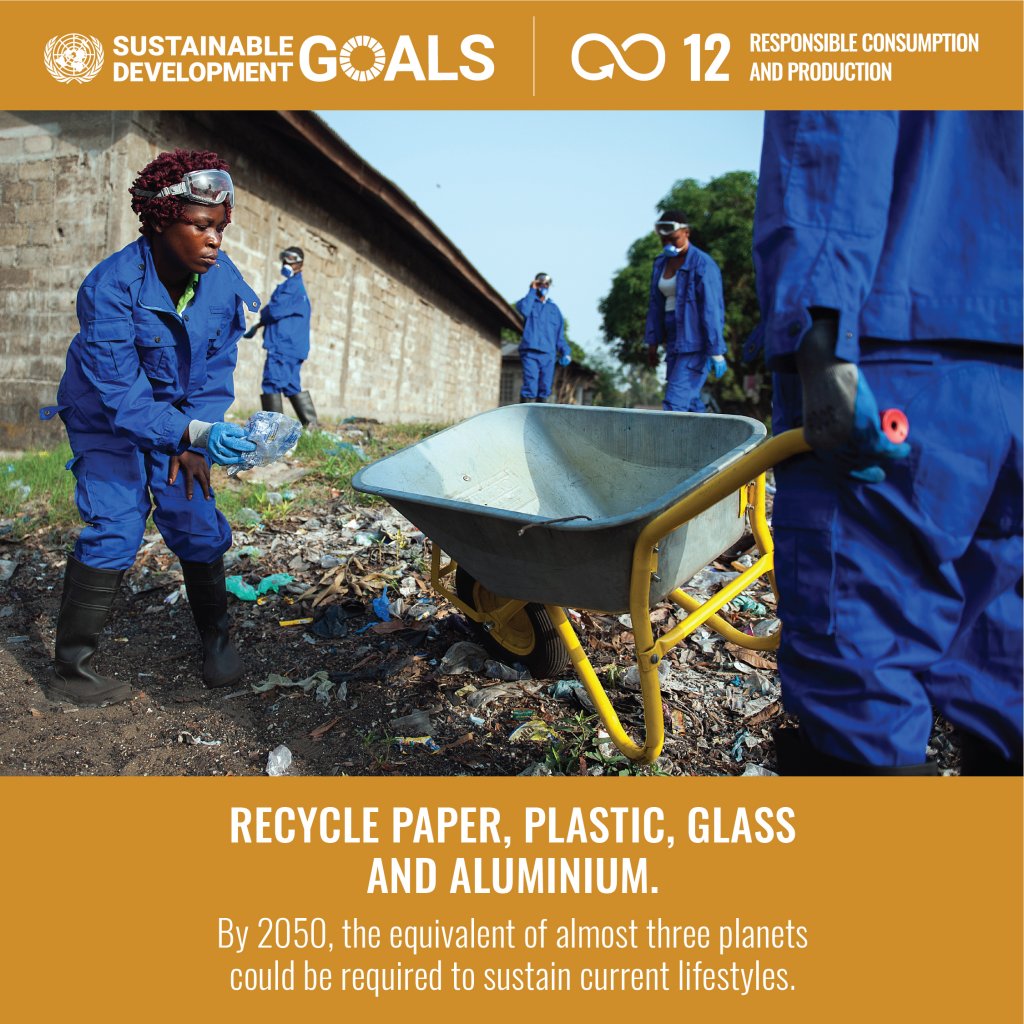
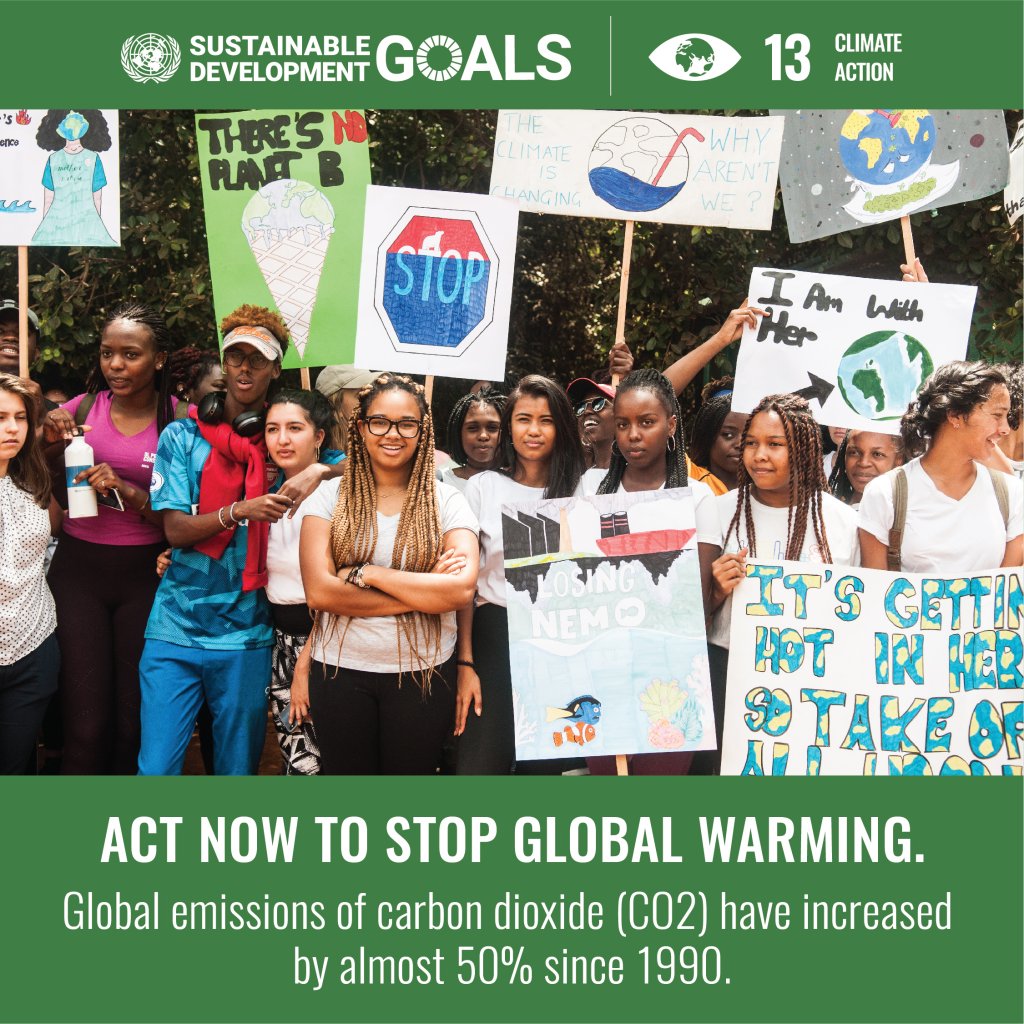
Goal 13: Climate Action
Climate change is a global challenge that affects everyone, everywhere. [See More]
Goal 14: Life Below Water
Careful management of this essential global resource is a key feature of a sustainable future. See More
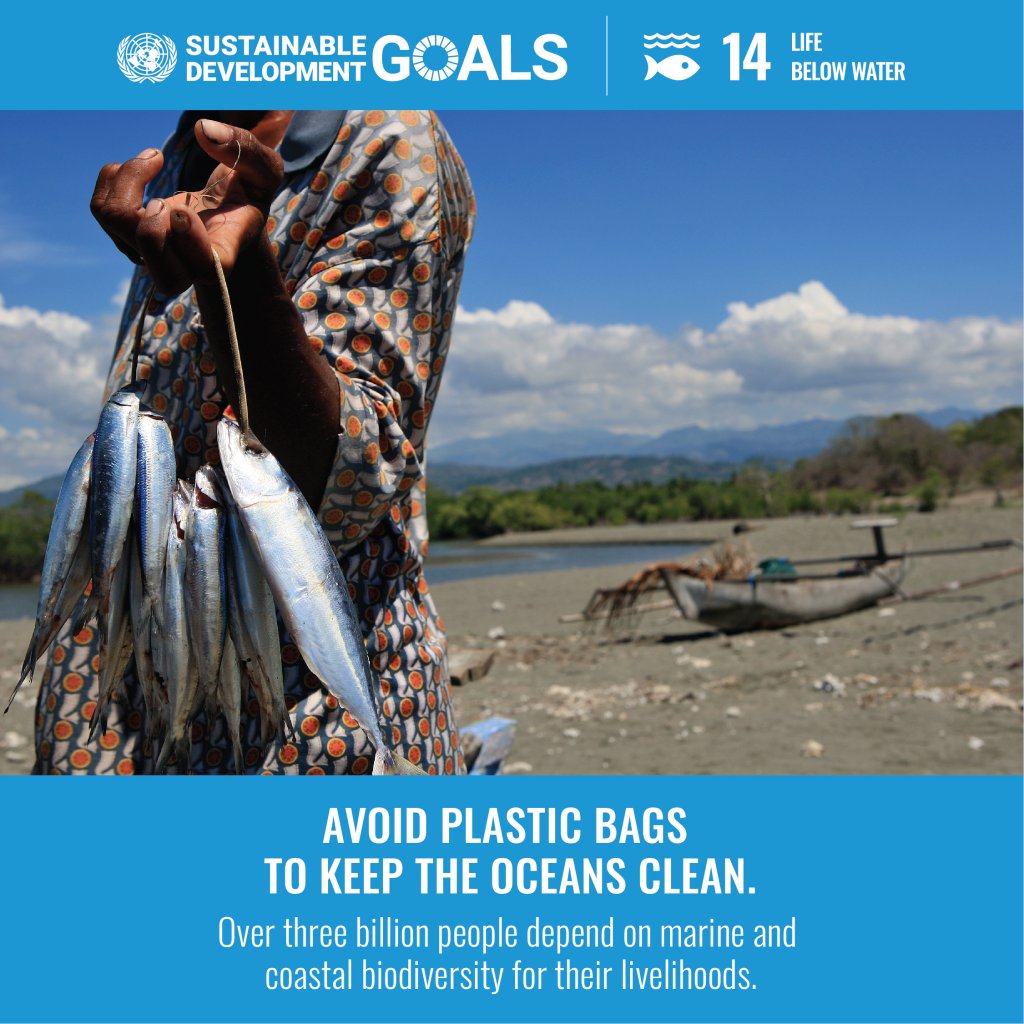
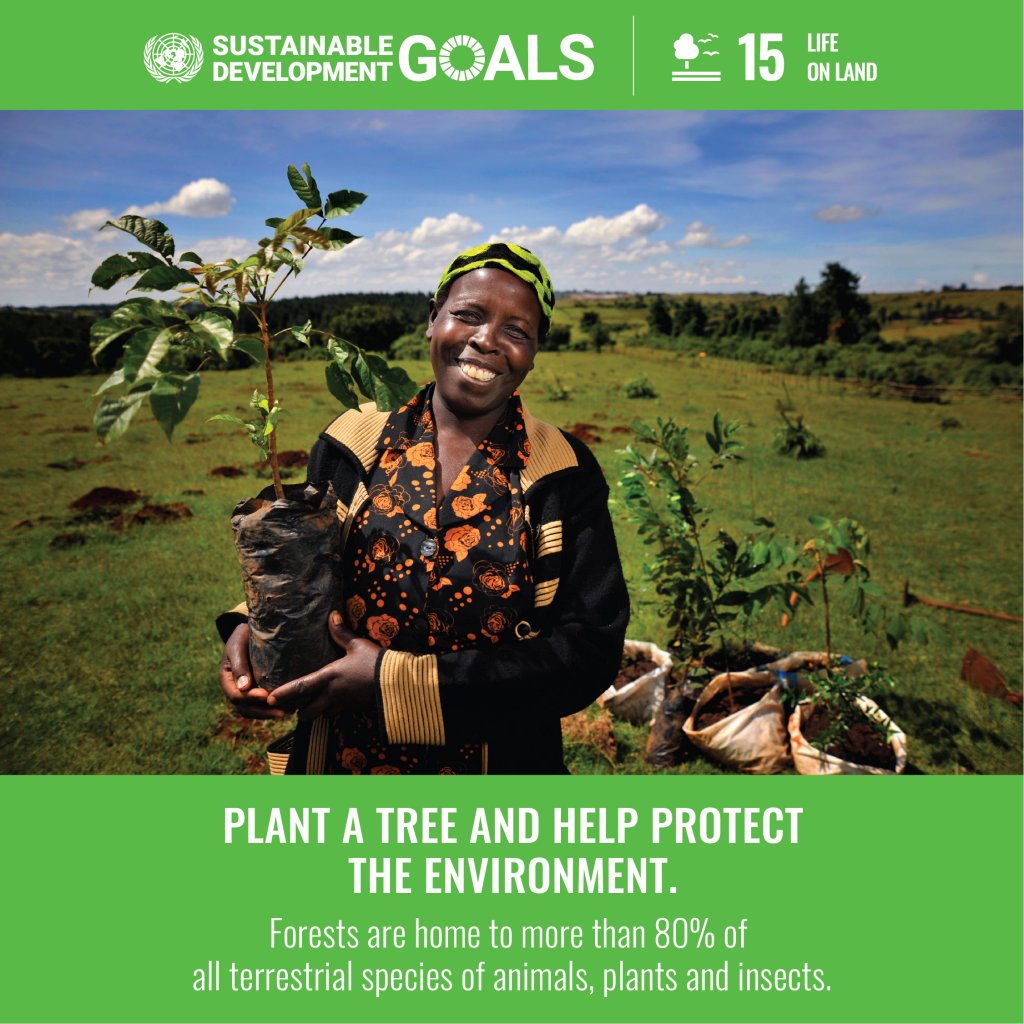
Goal 15: Life on Land
Sustainably manage forests, combat desertification, halt and reverse land degradation, halt biodiversity loss [See More]
Goal 16: Peace, Justice and Strong Institutions
Access to justice for all, and building effective, accountable institutions at all levels. See More

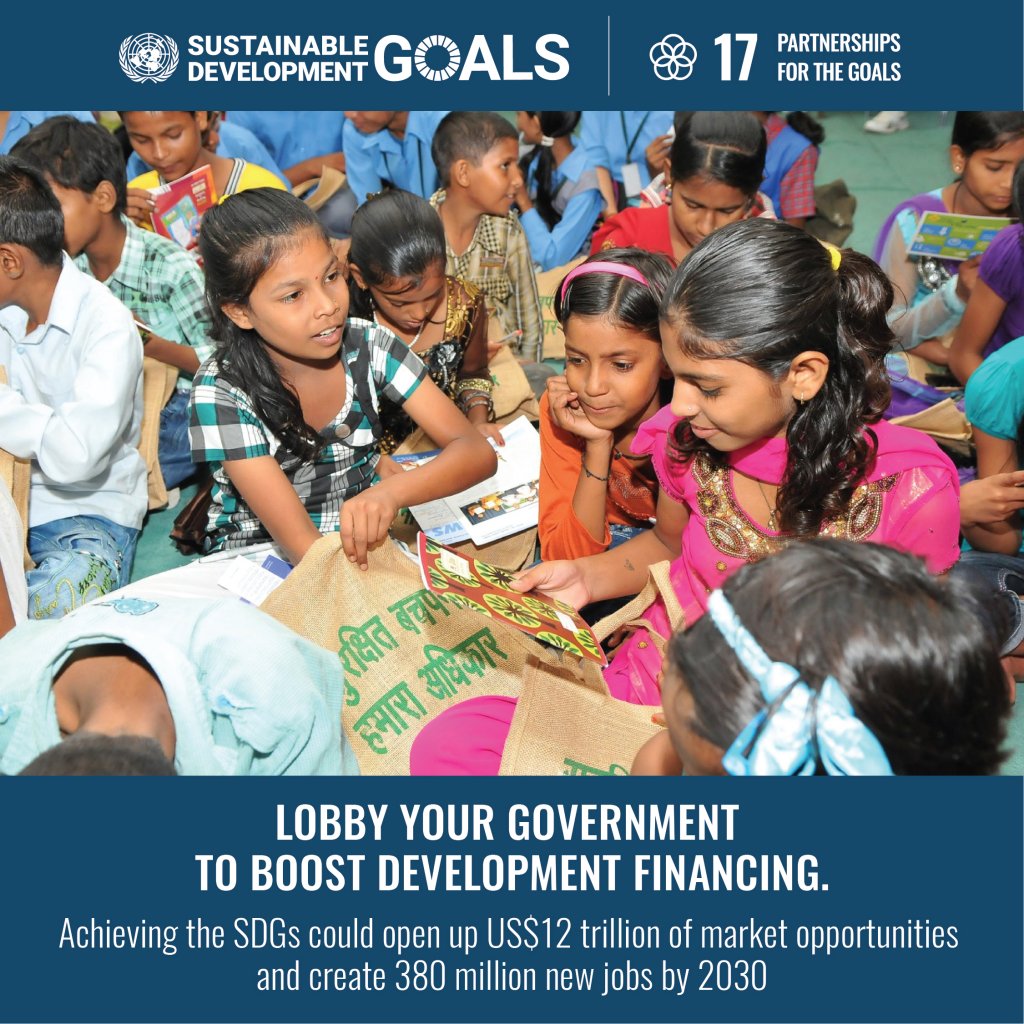
Goal 17: Partnerships
Revitalize the global partnership for sustainable development. [See More]